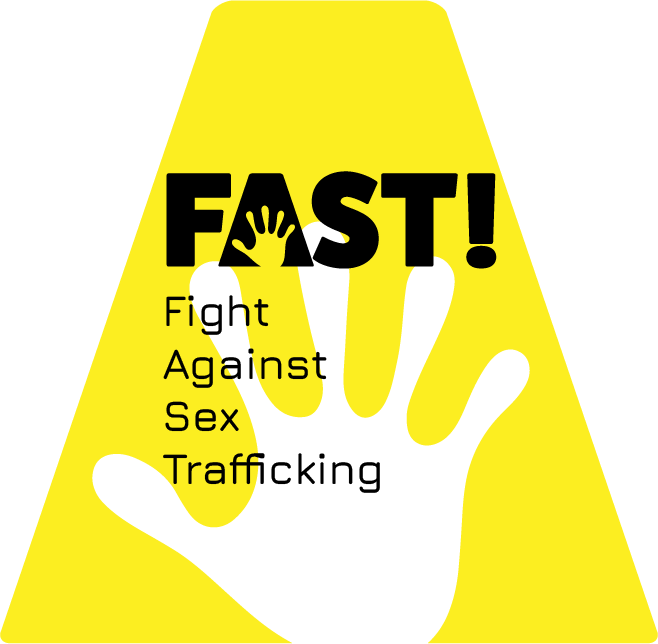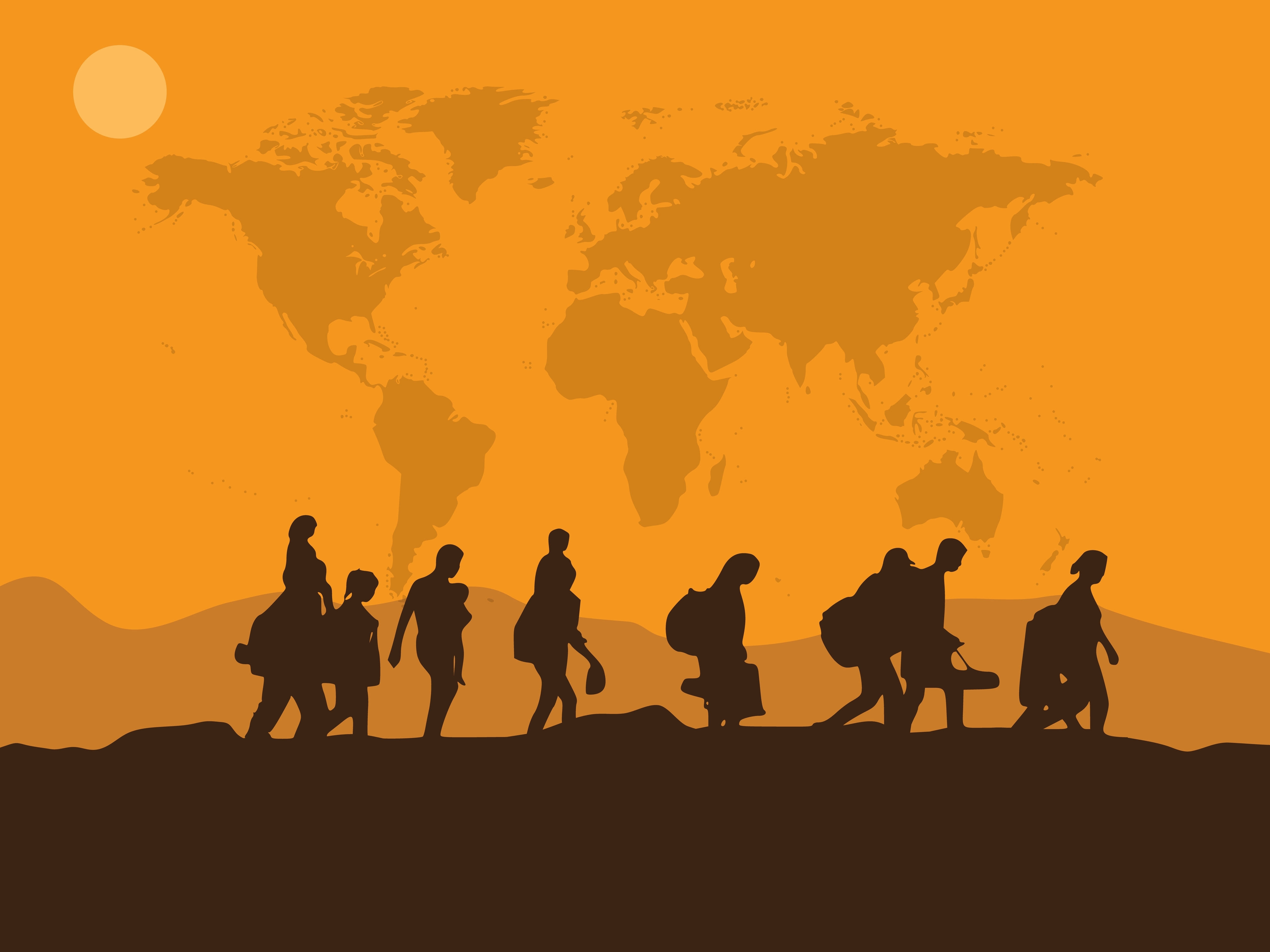Migration, War and Climate Change: The perfect conditions for Human trafficking. Human trafficking, a global crisis often hidden in plain sight, is a multifaceted issue that intersects with migration, war, climate change, and poverty in devastating ways. In this article, we look into the correlation between these interconnected factors and the persistent problem of human trafficking.
Migration and Vulnerability
Migration, whether forced by conflict or driven by economic hardships, can make individuals and communities vulnerable to human trafficking. In Ukraine, a nation marred by ongoing conflict, displacement has left countless families seeking refuge both within and beyond their borders. This displacement often makes them susceptible to trafficking networks promising better opportunities elsewhere. In 2022, defense experts warned that vulnerable Ukrainian women and children are likely being trafficked into sex slavery and domestic servitude in the United Arab Emirates.
Sudan, plagued by protracted conflicts and environmental challenges, has seen millions of its citizens displaced, internally and externally. Those who flee their homes are at risk of falling into the hands of traffickers, who prey on their desperation.
Nigeria, a country dealing with both internal conflicts and economic disparities, has witnessed significant human trafficking, with its citizens often ending up in exploitative situations in various countries, including the UAE.
Climate Change and Forced Migration
Climate change is another driving force behind forced migration. Rising sea levels, extreme weather events, and resource scarcity force people to leave their homes in search of safer and more sustainable environments. Nations like Bangladesh and the Philippines are particularly vulnerable to these environmental shifts.
Bangladesh, a low-lying nation prone to flooding, faces the displacement of its citizens due to frequent cyclones and rising sea levels. The resulting migration places many at risk of falling into trafficking networks.
The Philippines, an archipelago vulnerable to typhoons and severe weather, has experienced climate-induced migration. Impoverished communities, often residing in areas prone to natural disasters, become easy targets for traffickers.
War and Conflict
War and conflict not only displace populations but also create environments ripe for human trafficking. The prolonged conflict in Sudan, for instance, has exacerbated the vulnerability of its people, especially women and children. Armed groups often recruit child soldiers, while displaced populations become targets for trafficking networks.
In Nigeria, the Boko Haram insurgency has led to the abduction of hundreds of schoolgirls, highlighting the nexus between conflict and trafficking.
The UAE’s Role in Human Trafficking
The UAE, with its reputation as a prosperous and modern nation, has a history of being a destination country for human trafficking victims from the aforementioned regions. Vulnerable individuals seeking employment and better lives often fall into the traps of traffickers who exploit their dreams.
For years, women from countries like Ukraine, Nigeria, India, Bangladesh, and the Philippines have been lured to the UAE with false promises of lucrative jobs and a brighter future. However, upon arrival, many find themselves trapped in exploitative conditions, including forced labor and sexual exploitation.
Poverty and Lack of Opportunities
One of the underlying factors driving human trafficking from impoverished nations to the UAE is the lack of economic opportunities and high levels of poverty in the source countries. In regions like India and Bangladesh, where millions struggle to secure decent employment and meet basic needs, individuals are more likely to consider risky migration as a means of escaping poverty.
Traffickers exploit these vulnerabilities, promising lucrative job opportunities abroad. Desperate for better lives, many individuals embark on perilous journeys, unaware of the dangers that lie ahead.
Lack of Transparency and Decrease in Prosecutions
In addition to these factors, the UAE’s lack of transparency in addressing human trafficking issues and a noticeable decrease in the number of prosecuted individuals for human trafficking raise concerns. The limited transparency surrounding the scope of the problem and the effectiveness of counter-trafficking efforts hinder progress in eradicating trafficking. The correlation between migration, war, climate change, poverty, and the UAE’s role in human trafficking underscores the complexity of this global crisis.



